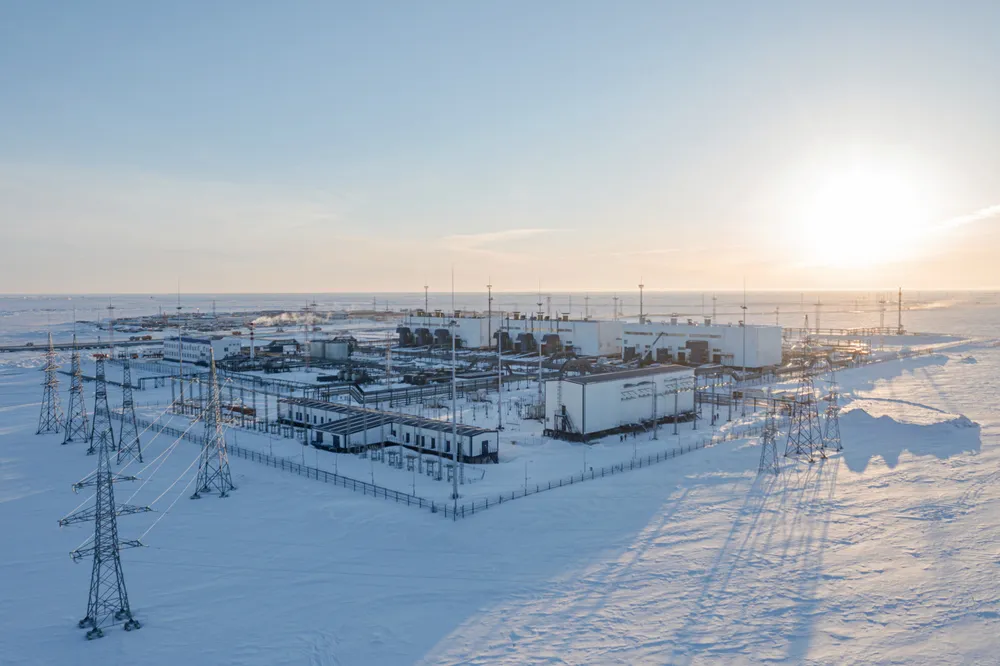Gazprom Neft brings pipeline online to unlock gas reserves on Yamal Peninsula
Russian oil producer sees strong growth in hydrocarbon production this year in the result of greenfield investments and developments

Russian oil producer sees strong growth in hydrocarbon production this year in the result of greenfield investments and developments
